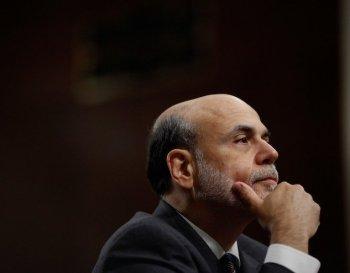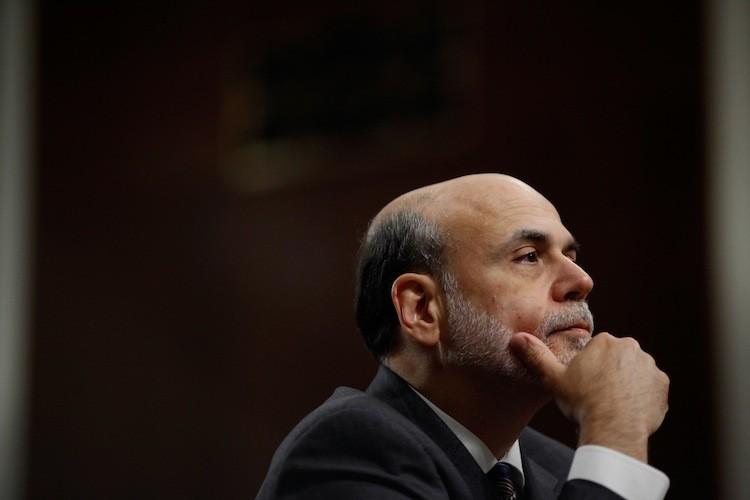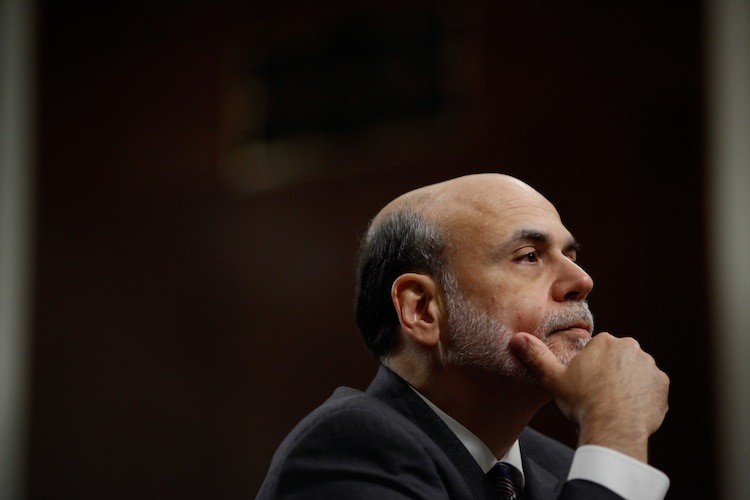U.S. economic activity no longer appears to be contracting and is showing small improvements in the 12 Federal Reserve Districts. Some industry sectors are perking up, while others are still on a downward slide, according to the latest Federal Reserve Bank of Kansas City Beige Book.
“Reports from the twelve Federal Reserve Districts indicate that overall economic activity continued to expand in September, although many Districts described the pace of growth as ‘modest’ or ‘slight’ and contacts generally noted weaker or less certain outlooks for business conditions,” according to the Federal Reserve Board (Fed).
The Fed reports a summary of current economic conditions in its Beige Book eight times per year, with the latest published in October.
Consumer spending gravitated more toward loosening the purse strings in September, which very well might be due to the holidays approaching.
Earnings are still down with the exception of those workers with special skills who are hard to find. Hiring is at a moderate level in some areas, while other areas are still accounting for a large number of the unemployed and won’t perk up soon.
“Many Districts noted restraint in hiring and capital spending plans. … Wage pressures remained subdued outside of a few exceptions in which firms noted having difficulty finding appropriately skilled workers,” according to the Beige Book.
Businesses began to spend a little more, but Chicago, Philadelphia, and Richmond retailers hesitated to increase inventory for the holiday season, citing a falloff in consumer confidence in the economy.
The manufacturing, mining, and transportation sectors started to replace equipment, hoping to be ready when the economy normalizes.
The tourism sector was upbeat in Atlanta, Boston, and Minneapolis, with hotels reporting an increase in reservations, expecting a healthy holiday season. However, San Francisco couldn’t match the enthusiasm of other areas and reported a gloomy outlook.
Overall, the report strikes a more positive note, although there are pockets still reeling from the economic downturn.
“It is clear the recovery from the crisis has been much less robust than we had hoped. … The recession was even deeper and the recovery weaker than we had previously thought,” said Ben S. Bernanke, Chairman of the Board of Governors of the Federal Reserve System, in a September speech.
Economic Outlook Fragile
“While we see strong business fundamentals in America still, the quarterly survey results reflect increased uncertainty among CEOs concerning the economic climate and business environment,” said Jim McNerney, Chairman of the Business Roundtable and Chairman, President, and CEO of The Boeing Company, in a September press release.
Executives’ economic expectations had been on the rise since the end of 2009, after which it swung to a strong negative outlook during 2010, declining throughout the entire year.
This year’s third quarter Economic Outlook Index dropped sharply from 109.9 at the end of the second quarter to 77.6, below the 2010 fourth quarter index of 101.
Although executives were positive concerning the pace of the U.S. economic recovery during the first two quarters of 2011, their outlook took a 180 degree turn. Executives of America’s larger companies expect orders, sales, and capital spending to trend downward.
To compound the feeling of gloom, the Fed reported that “responses to the Business Outlook Survey this month suggest that regional manufacturing activity is continuing to contract,” according to a September release of survey results.
There is a sliver of hope, as the Feds survey indicates that September declines in manufacturing activity was less pronounced than in August. The employment situation improved although orders and shipments were still leaning toward the negative side.
The August Manufacturing Outlook Index of -30.7, although still on the negative side, recovered to -17.5 in September. Despite the improvement in the index numbers, survey respondents suggested that the recovery will be slow and production growth will lean more to the negative side.
“The broadest indicator of future activity remained positive and rebounded this month, suggesting that recent declines are not expected to continue over the next six months,” according to the Federal Reserve Bank of Philadelphia in its September announcement.
More recent survey results appear to bear this prediction out. The results from the October Business Outlook Survey offer grounds for optimism, however slight. “Responses to the Business Outlook Survey this month suggest that regional manufacturing is showing signs of recovering, following several months of decline. … Responding firms indicated that employment was slightly higher this month. The broadest indicator of future activity remained positive and showed marginal improvement over its reading last month,” said the Fed in its October announcement.
Next...Double-Dip Recession Not in the Offing
Double-Dip Recession Not in the Offing
“A significant majority, 79 percent of [investment] managers, say they do not believe the United States is entering a double-dip recession,” according to a September report by Russell Investments, an investment consulting firm based in Seattle, Wash.
Investment managers point to U.S. companies’ sound balance sheets, more than satisfactory profit levels, and solid liquidity as the major factors for their viewpoint. In addition, they see the Fed’s low interest rate policy, falling oil prices, and the frail U.S. dollar as impacting a full economic recovery.
However, there is still a smidgen of uncertainty in the opinion of these managers, as more than half of the managers surveyed don’t believe that the economy will take off at high speed, but remain slightly stagnant.
There are naturally those few, just 11 percent, who are bracing themselves for a double-dip recession, as well as another 10 percent who see the United States as already in a double-dip recession.
Almost all managers state that the unemployment situation, that is, creating jobs and getting people back to work, is the decisive factor that makes or breaks the recession.
The next most notable concern is consumer confidence, which if improved would result in an increase in consumer purchasing power.
The recovery of the U.S. housing sector was seen as having an effect on the recessionary probability.
“We have seen a consistent spate of negative economic news that has certainly impacted investors’ confidence in the markets and we continue to see notable volatility,” said Rachel Carroll, chief portfolio manager at Russell Investments, in a September press release.
Joining the Recession Discussion
“The question remains whether the USA economy is entering a recession,” states an October 2011 Economic Forecast on the Global Economic Intersection (GEI) blog.
It all depends on the indicators the economists use to claim that a recessionary period is in effect, a country is sliding toward a recessionary period, or there is no reason to believe that such a period is in the offing.
Based on the indicators, the GEI forecast didn’t state that the United States is either in or racing toward a recessionary period. “Our indicators have not yet entered recession territory.”
The GEI forecast promotes a new theory, which says that the present state of the economy has entered a state that cannot be based on the past theories, but has to be revamped.
“The New Normal economy has different dynamics than any economic model,” according to the GEI article.
Approximately at the same time last year, a similar weakness was noted in America’s economic state. Therefore, the present frailty may not be more than seasonal adjustments.
“The current economic weakness cycle appeared last year at the same time—and could be a New Normal seasonal effect,” according to the GEI article.
Continuing along the same lines, the GEI article said, “Last year Econintersect reacted to this poor data and the rapidly degrading trend lines calling a ‘recession watch’—only to have the data to improve. This year, the contraction appears more severe in the EEI [Econintersect Economic Index]—but there are two months now of improving data.”






